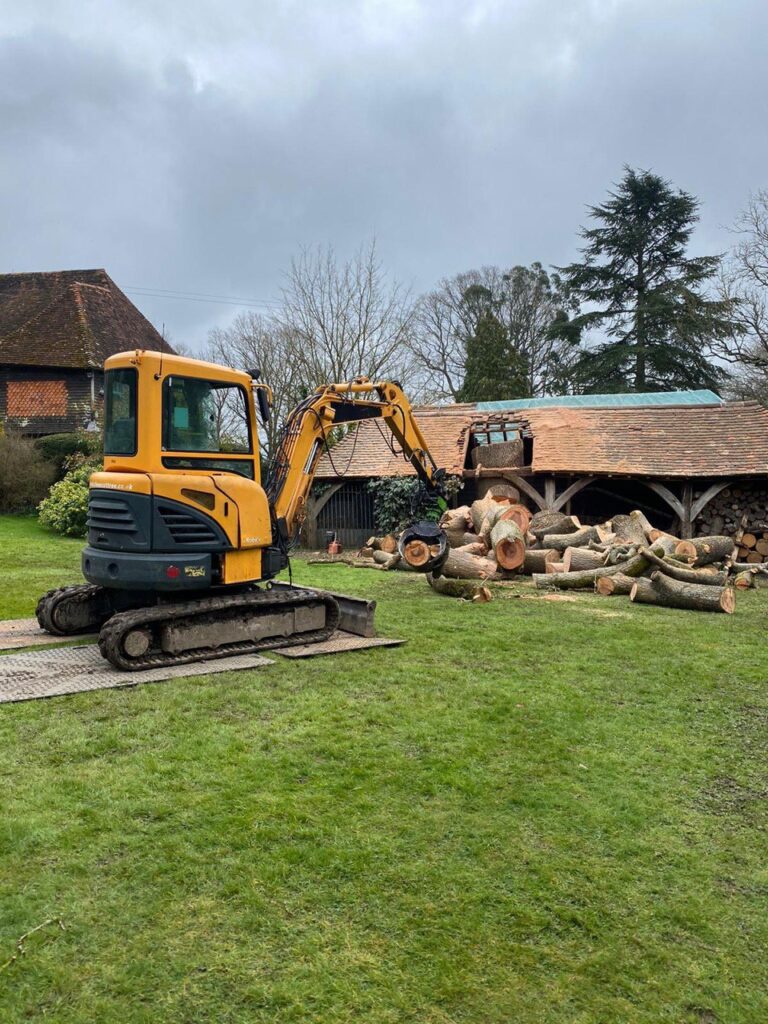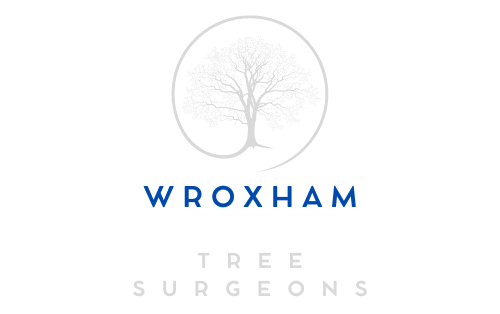How Tree Surgeons Bring Life Back to Failing Trees
Trees are vital to any landscape, offering beauty, shade, and environmental benefits. However, when a tree begins to show signs of decline, many homeowners assume it’s beyond saving. In many cases, that’s not true. Skilled tree surgeons have the expertise and techniques to restore a struggling tree’s health and vitality. At Wroxham Tree Surgeons, we specialise in diagnosing and treating failing trees across Wroxham and the surrounding areas, helping to preserve the natural beauty of local gardens and woodlands.
Understanding Why Trees Begin to Fail
Trees can begin to deteriorate for several reasons, many of which are not immediately visible. The most common causes include:
- Soil compaction – Restricts root growth and limits access to water and oxygen.
- Root damage – Often caused by nearby construction, vehicles, or poor planting practices.
- Pests and diseases – Fungal infections, borers, or aphids can weaken a tree’s structure.
- Environmental stress – Drought, flooding, pollution, or temperature extremes can all cause stress.
- Improper pruning – Over-pruning or poor cuts can damage growth and expose trees to infection.
Before any restoration work begins, a thorough assessment by a professional tree surgeon is essential. At Wroxham Tree Surgeons, our team carefully evaluates the health of each tree, identifying the exact cause of decline so the most effective restoration plan can be implemented.
The Diagnostic Process: Identifying the Problem
Tree recovery starts with proper diagnosis. Professional tree surgeons use their experience and sometimes specialist tools to assess:
- The condition of the roots, checking for decay or rot.
- The structure of the trunk and branches, looking for cracks, cavities, or signs of disease.
- The leaf canopy, which can indicate nutrient deficiencies or pest infestations.
- The surrounding soil, to determine pH balance, drainage quality, and compaction level.
By identifying these underlying factors, a precise recovery plan can be developed rather than applying generic solutions that may not address the problem.
Restorative Pruning and Crown Work
One of the most effective methods for reviving a failing tree is targeted pruning. This involves removing dead, diseased, or overcrowded branches to allow better airflow and light penetration. Crown thinning and reduction can also help reduce stress on weakened limbs and improve structural balance.
When carried out correctly, this type of pruning stimulates new, healthy growth while improving the tree’s overall appearance. The key is precision — every cut must be made with purpose to promote healing rather than cause additional harm. The experts at Wroxham Tree Surgeons are trained to ensure pruning enhances rather than compromises a tree’s vitality.
Soil Aeration and Root Care
Tree roots need access to air, water, and nutrients to thrive. When the soil becomes compacted, root systems can suffocate, leading to stunted growth or decline. Tree surgeons often use air spading — a method that loosens compacted soil around the roots without damaging them.
After aeration, the soil can be enriched with organic matter or nutrients to promote recovery. Mulching and the use of mycorrhizal fungi can also improve the tree’s root health and nutrient uptake, creating the ideal conditions for regeneration.
Managing Pests and Diseases
Infestations and fungal diseases can devastate a tree if not caught early. Tree surgeons can identify the specific pest or pathogen affecting the tree and apply targeted treatments to control and prevent further damage.
Regular inspections can help prevent future outbreaks. Early intervention by a professional can make the difference between saving a tree and losing it altogether.
Water and Nutrient Management
Failing trees often suffer from either too much or too little water. Proper irrigation, drainage, and feeding schedules are essential to balance soil moisture levels and encourage new growth. Applying slow-release fertilisers or organic compost can gradually reintroduce vital nutrients into the soil.
Tree surgeons understand how different species respond to their environment, adjusting care techniques to suit each tree’s unique needs.
Why Tree Surgery Is the Best Option for Recovery
Attempting to revive a tree without professional knowledge can often do more harm than good. Tree surgeons combine arboricultural science with practical experience, ensuring that each step taken supports long-term recovery.
At Wroxham Tree Surgeons, our focus is not only on saving trees but on helping them thrive for years to come. Whether it’s a mature oak suffering from root stress or a fruit tree struggling with nutrient deficiency, our tailored care plans are designed to restore health and stability naturally.
Conclusion
Failing trees don’t always have to be removed — with the right expertise and timely intervention, many can be brought back to full health. Professional care makes all the difference, from precise pruning and soil management to targeted disease control.
For homeowners in Wroxham and across Norfolk, Wroxham Tree Surgeons provides trusted tree care solutions that revive, strengthen, and preserve your trees. By restoring their vitality, you’re not just saving a tree — you’re protecting the natural beauty and balance of your outdoor environment for years to come.
Call us on: 01603 361 093
Click here to find out more about Wroxham Tree Surgeons
Click here to complete our contact form and see how we can help with your trees needs.

